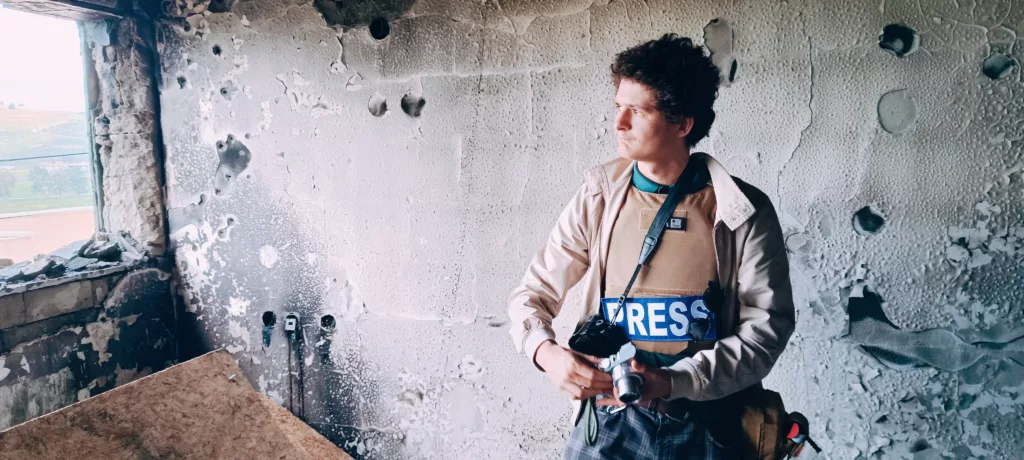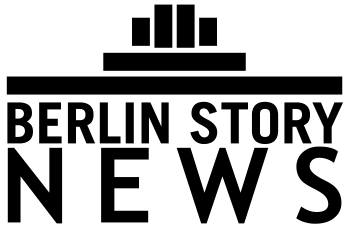Northern Israel – Where time stands still
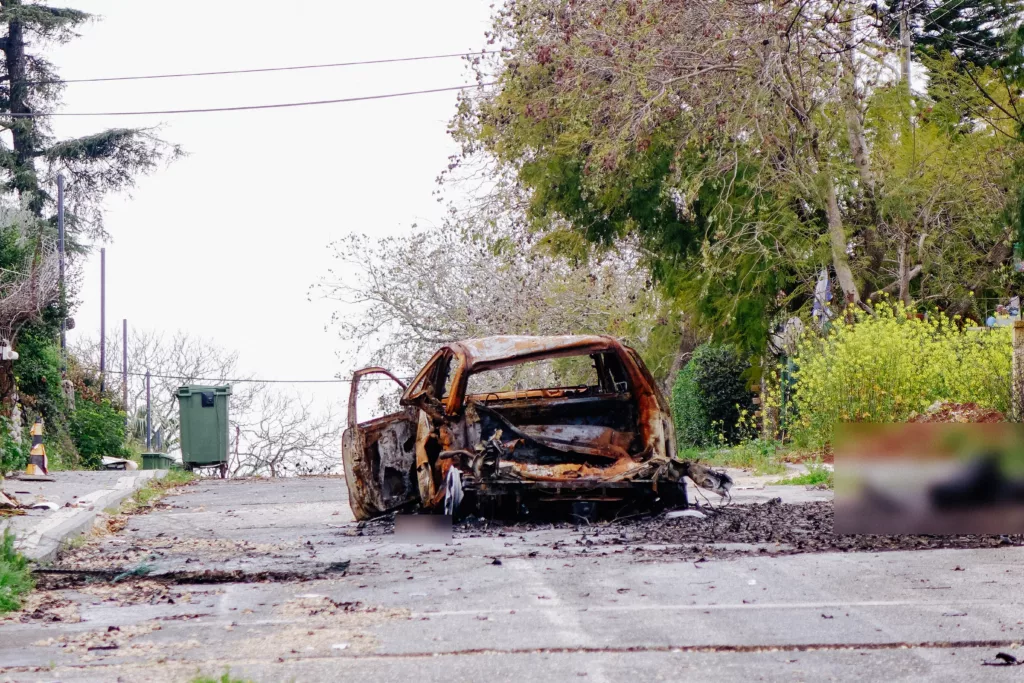
Malte Ian Lauterbach reports from Israel’s northern border about Israel’s war with Hezbollah, about places where time has stood still since October 7 and about a war that both sides can only lose.
„It was always tense living here. You could literally feel the tension most of the time. Since October 7, everything has changed completely.“ Shards of glass crack under the mayor’s feet as we walk through the ruins of a destroyed apartment building. He lifts up a picture frame lying on the floor, the glass shattered, the picture unrecognizably dirty from the water.
For a few seconds, the mayor’s gaze rests on the picture frame, then he looks out of the destroyed window towards Lebanon. He shakes his head, his eyes tired with grief and pain, and begins to speak again „We have been a democratic, independent state for 76 years and we only want one thing: to live safely in our homes. We are at war. A war that Hezbollah started, not us.“
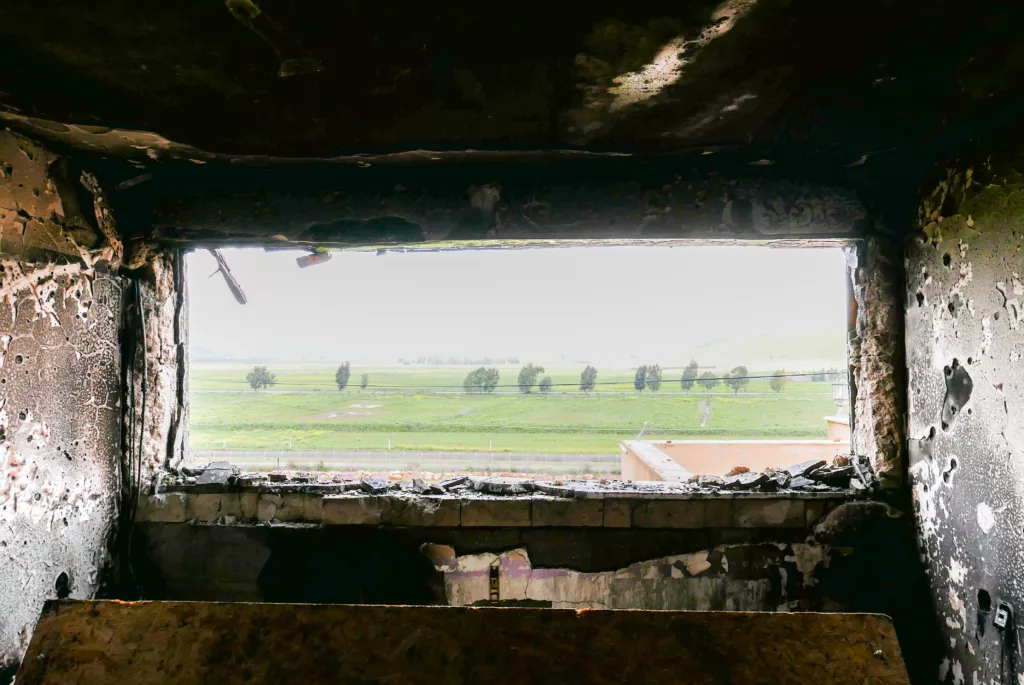
We are in Metulla, a tiny village at the very northern tip of Israel. Population before October 7: 2000, population now: one.
Metulla has always been in a special situation – surrounded on three sides by Lebanon, before October 7th there were always moments of tension here when soldiers of the Israeli army faced Hezbollah fighters. Shots were never actually fired – most of the time it was just swear words and fist gestures. When the situation was less tense, the various players took selfies with each other.
All this lightness is a thing of the past. After Hamas overran southern Israel on October 7, all this lightness blew away. When the extent of the massacre became clear around midday on October 7, people hurriedly left the small town. Because, as the mayor explains, „If it had started here, we wouldn’t be talking about 1400 (dead). We are talking about 40,000-50,000 people who would have been killed here. Because Hezbollah is much more powerful.“
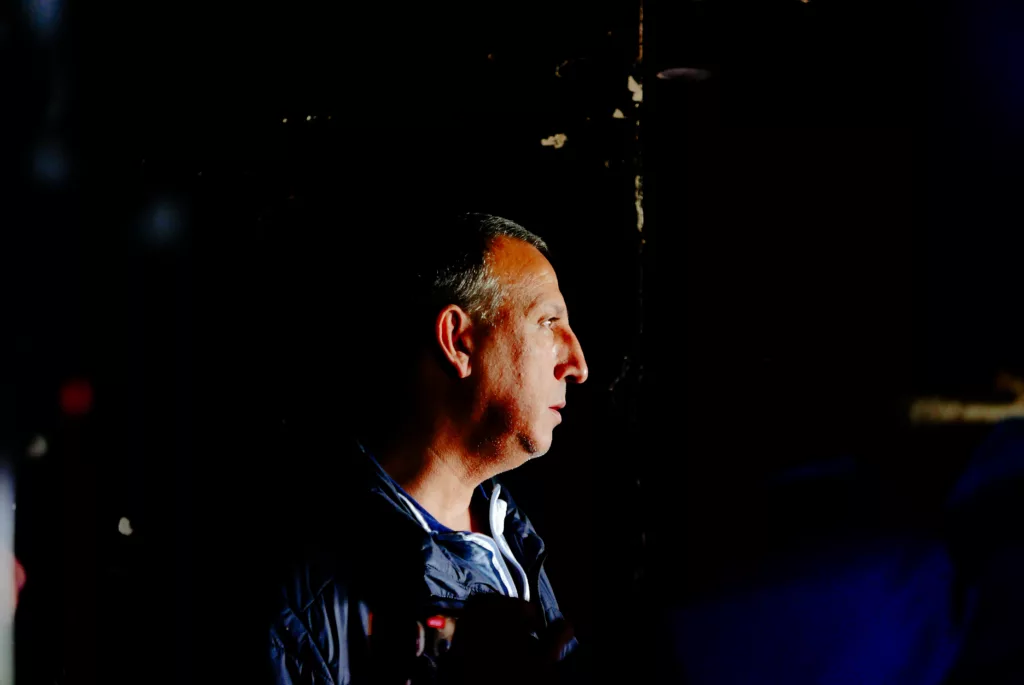
Senior officials in the Israeli Ministry of Defense tell us that they suspect there was a dispute between Hamas and Hezbollah that halted Hezbollah’s plans on October 7. Since then, war has been raging over the green hills of the Galilee. A war that has claimed heavy casualties on both sides. The damage in Metulla is enormous – most of the houses have been damaged or destroyed. Most of them are uninhabitable. Time and again, usually several times a day, Hezbollah attacks the Israeli border area. As Berlin Story News has already reported in the past, their arsenal is more modern, more advanced and more precise than that of Hamas. Here alone, in the area around Metullah in northern Israel, Hezbollah has fired more than 3,500 heavy rockets and hundreds of drones since October 7.
Rocket attacks occur several times a day – to overwhelm the ‚Iron Dome‘ defense system, the rockets are fired in volleys, a mixture of precise guided weapons and crude, often improvised rockets from Iranian and former Soviet stocks. Today, Hezbollah has an extensive arsenal of weapons, which is said to include around 60,000 operational rockets and missiles with different ranges. These range from short-range missiles to medium-range ballistic missiles that can penetrate deep into Israeli territory.
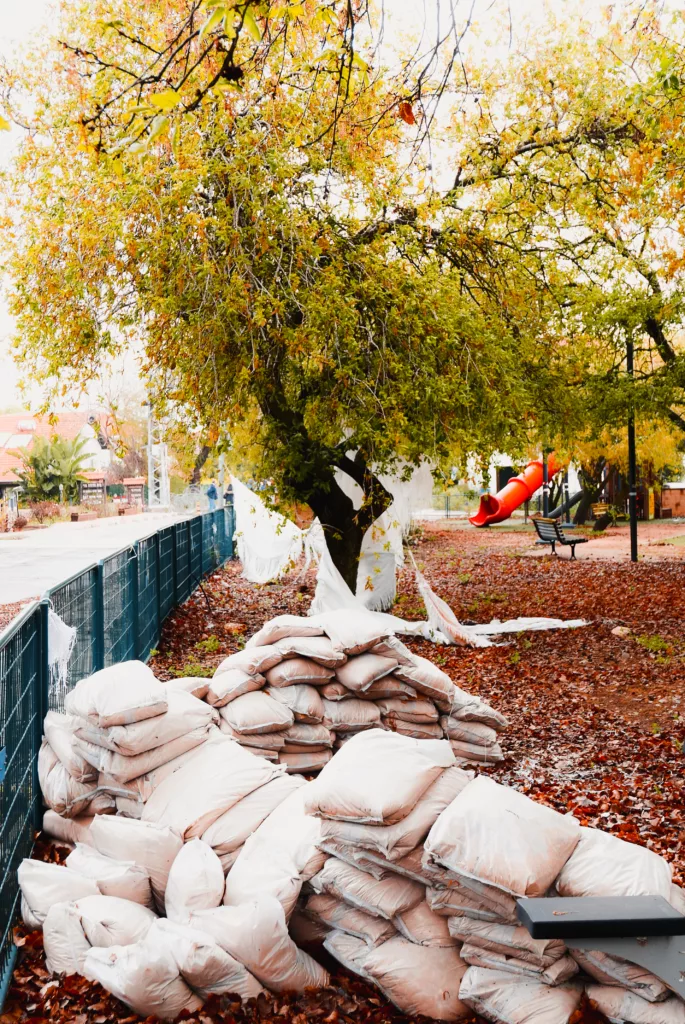
The estimated total stock of rockets and missiles amounts to around 230,000 to 350,000 pieces, which come from sources such as Iran, Syria and former Soviet stocks. The air raid siren wails several times a day in the border area. Shortly after the rocket hits have stopped, Israeli fighter planes thunder over the border – supported by Israeli artillery, they try to destroy the rocket launchers before they are well camouflaged again.
From a bunker in the Israeli border area, we observe how an Israeli Hermes drone finds its target and shoots at a Hezbollah truck with cool, mechanical precision, but is then itself hit by an Iranian surface-to-air missile. The heavy, slow drone is an easy target for the Iranian Sabbat-1 Sayyad ‚fighter‘ missile, based on the American MIM-23 HAWK, which Iran had received before the revolution.
But the ‚hunter‘ also becomes the hunted – just days later, the battery is destroyed by Israeli air strikes. This is the course of the war between Israel and Hezbollah – a low-intensity war, a wearing, asymmetrical conflict. Both sides suffer heavy losses, the Israelis more of a technical nature – radars, air defense systems, tanks. Hezbollah has lost a large number of men with irreplaceable experience and equipment, without either side benefiting. To replace the lost radars on Mount Meron, whose army base has repeatedly come under fire, an aerostat is now hovering in the north – a massive airship that can look deep into the vast fields of Lebanon with its sensors.
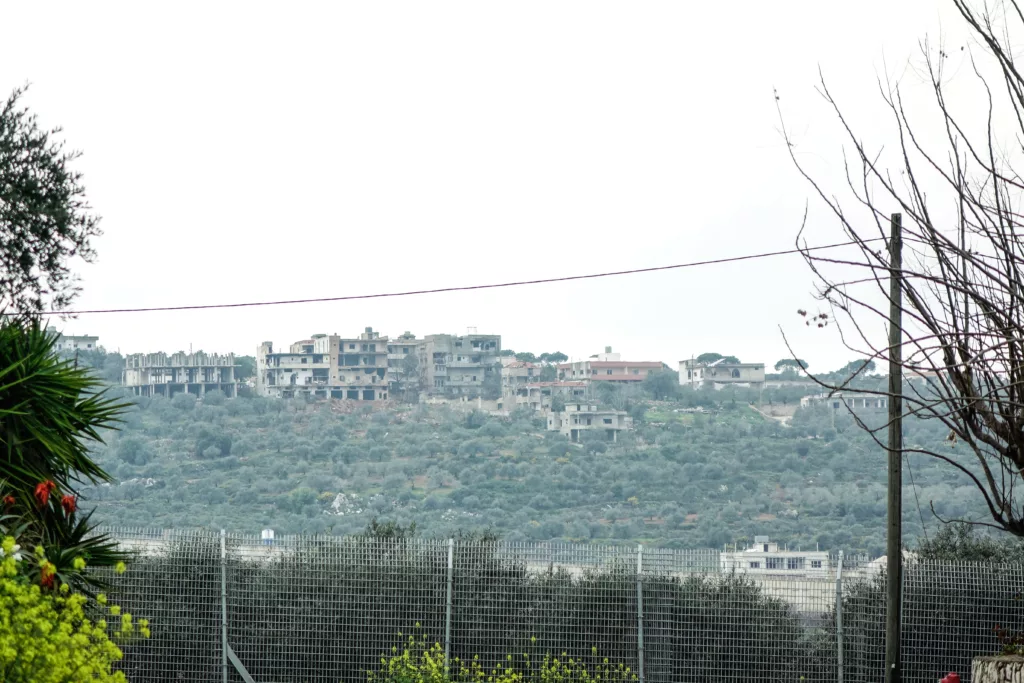
On both sides of the border, when the artillery falls silent, it is eerily quiet. A few birds chirp as the howling wind whips through broken glass. In both Lebanon and Israel, most people have left the border area the day after October 7. On both sides, most people have left the border area. On both sides, the respective governments speak of „restraint“. While Hassan Nasrallah, Secretary General of Hezbollah, is presumably hiding in a bunker underneath the Iranian embassy in Beirut and talking about how Hezbollah is not interested in massive escalations, the Israeli side is certain that neither side can afford such a confrontation.
Apart from the mayor and a few dogs that were separated from their owners in the hasty escape, there is no one left in Metulla today. When we arrive in Metulla in mid-March, we are the first journalists to report so far north in Israel since October 7. The mayor leads us further through the deserted streets of Metulla, into another house. It is deserted, like all the houses. On the table in the kitchen is the Shabbat roast, left behind during the escape. The table is half-decorated, the flowers have withered. Everything from the living room onwards has been destroyed, the shock wave has pushed the wall inwards, torn open windows, ripped open cupboards.
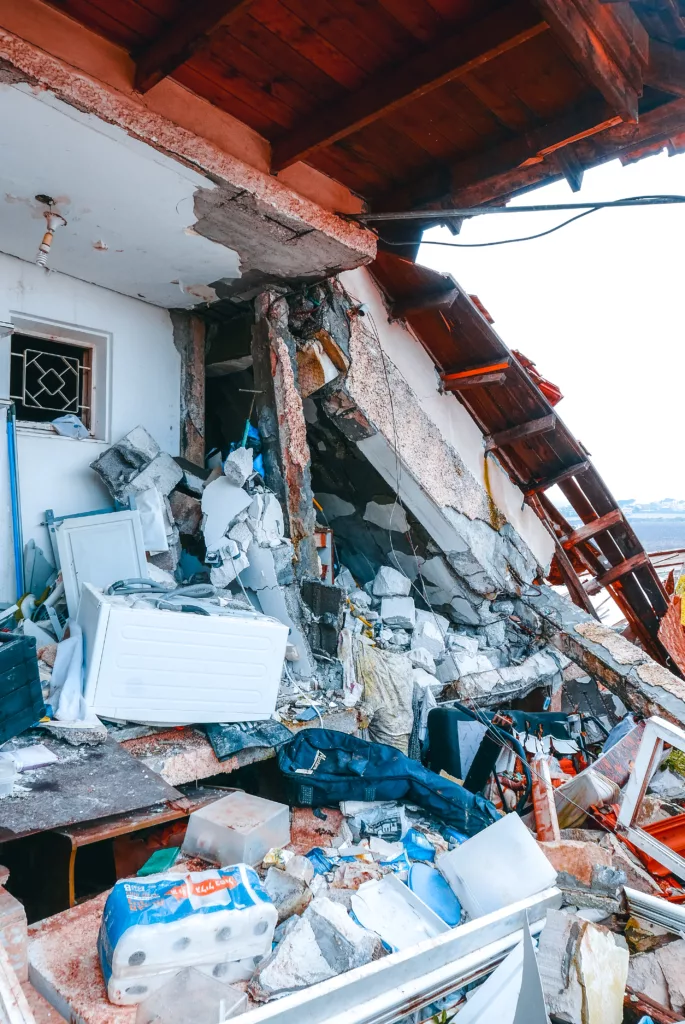
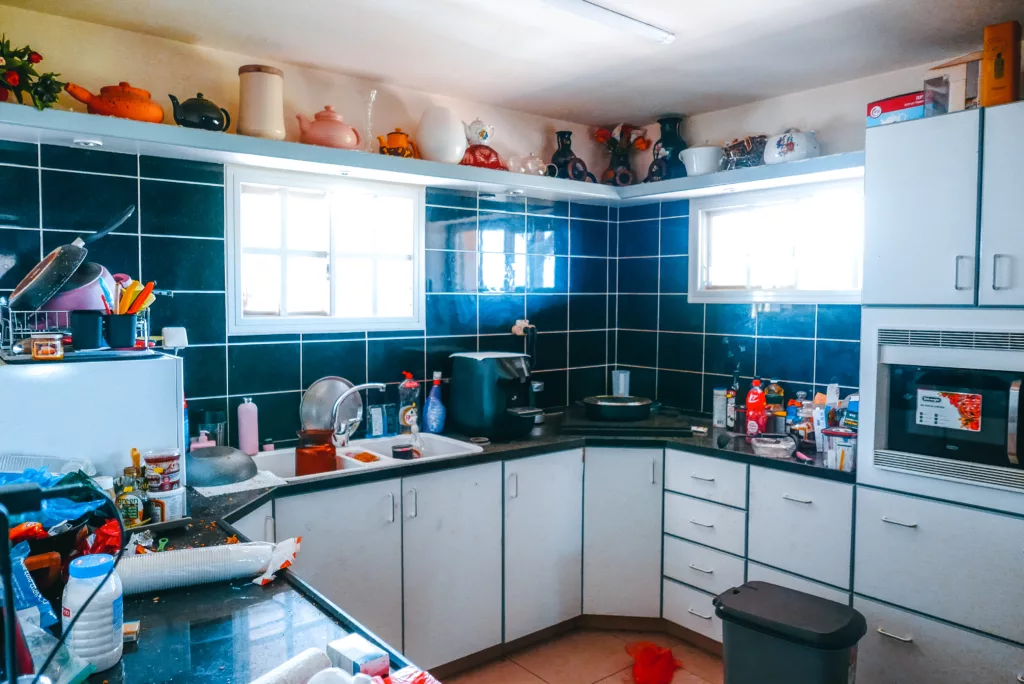
Here, too, the mayor falters again. „We’re trying to protect the houses, but we can’t protect the houses. That’s the situation over the last five and a half months. There are no people living here. There is no agriculture. We can’t grow our apples. There is no tourism. There is actually an area five kilometers wide where no people live.“ Most people fled to Tiberias in the days after October 7. More than 200,000 people had to flee from northern Israel, many of them to hotels spread across the country, others to friends and relatives, depending on where there was space. The mayor fears that when – if – the war with Hezbollah ends, very few will return. He says: „People have already rented some houses elsewhere. And they are trying to place their children in other schools. And if this goes on for much longer, the children will be separated from the community and won’t come back here. I must never forget who is sacrificing my entire community here“.
The voices in northern Israel criticizing the government’s behaviour are growing louder by the day. They are demanding security guarantees and peace. The Israeli government is urging the UN to enforce UN Security Council Resolution 1680, which calls for the disarmament of Lebanese militias such as Hezbollah and the demilitarization of the area near northern Israel. This strip of land – just under 25 kilometers from the demarcation line to the Litani River – has been a source of conflict between Israel and Lebanon in the past. (Berlin Story News reported here). The 2006 Lebanon War resulted in heavy casualties for the Israeli army, largely due to unexpected tactics and weapons used by Hezbollah. Since then, both sides have significantly improved their military capabilities. Currently, Hezbollah has the firepower of a medium-sized army, surpassing the combined missile and artillery arsenal of all European nations.
